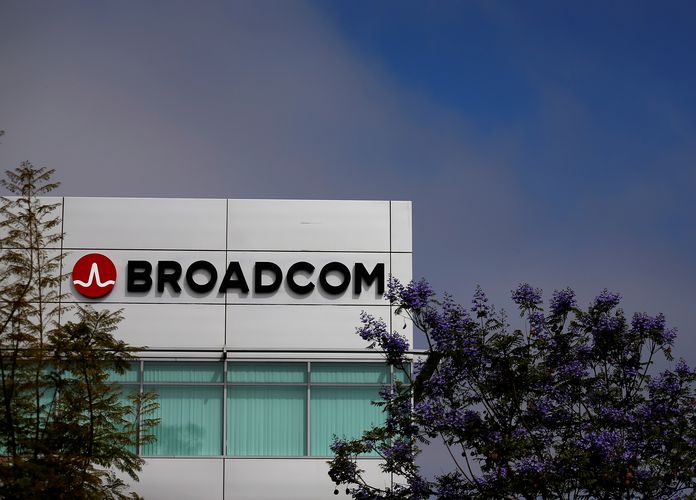Junk bond buyers are seeking out higher yields in an unexpected part of the corporate bond market: investment-grade Triple B bonds.
Some Triple B credits are yielding as much or even more than their Double B counterparts while offering less risk, which is pushing some high-yield fund managers up the credit spectrum.
“The gap between Triple Bs and Double Bs converged and we thought that was an interesting opportunity,” Michael Buchanan, deputy chief investment officer at Western Asset, told IFR.
“Even if you are a high-yield investor, you can complement your portfolio positioning … and create a portfolio that has the same or even greater yield than the overall benchmark to take advantage of that limited disparity.”
Triple Bs - which account for more than half of the US$6trn corporate bond market - fell out of favour last year amid concerns about bloated balance sheets, and the risk that some might fall into high-yield as the economy deteriorates.
Even though much of those concerns feel overdone now, Triple Bs have lagged behind the gains made by the higher rungs of the investment-grade and high-yield markets.
One number that sheds light on the valuation conundrum is the spread differential between average Triple B and Double B bonds.
On April 12, that gap more than halved to 62bp from 158bp over Treasuries since the start of the year, and matches the post-financial crisis lows seen in October 2018, ICE BAML data show.
That means investors are getting paid significantly less to take on extra credit risk - and it has not gone unnoticed by the buyside.
“We’ve added some Triple B,” said Lale Topcuoglu, head of credit at JO Hambro Capital Management.
“The challenge is that Double Bs have rallied a lot. People want credit exposure, but no one wants to reach into Triple C.”
Simultaneously, Triple B downgrade risk subsided once the Federal Reserve signalled no new rate hikes in 2019, giving companies a runway to execute on deleveraging plans and push out maturities to ease their debt burden and maintain high-grade ratings.
“Compared to many high-yield companies, even the weaker Triple Bs are much bigger, and they have more levers to pull such as spinning off assets, and cutting dividends if they need to lower debt,” Adam Spielman, head of leveraged credit at PPM America, told IFR.
SELECTIVE BUYING
The demand has also led to more issuance in the primary.
Issuers with at least two ratings in the lowest rung of the investment-grade space have piled US$31.12bn into the primary market year-to-date, up from US$17.64bn over the same period last year, according to IFR data.
For example, Broadcom (rated Baa3/BBB-/BBB-) came with razor-thin pricing on its US$11bn acquisition-driven bond earlier this month and still built order books to US$25bn.
There are several large corporate Triple B names that are fetching high-yield pricing even though they are larger and have more levers to pull to maintain high-grade ratings.
Ford, for example, which is rated Baa3/BBB/BBB, sold a three-year bond in January at a spread of Treasuries plus 325bp and yield of 5.596%. Just five months prior to that, it sold a three-year bond at Treasuries plus 108bp to yield 3.813%.
“We’ve been buying Triple B since the start of the year,” said John McClain, portfolio manager at Diamond Hill Capital Management.
“The rationale is very simple. We’re very late credit cycle, so you don’t want to take on too much credit risk. And now that the Fed has done a 180-degree turn, there is less interest rate risk.”
Demand for Triple Bs is also driven by the strong rally in high-yield, where Collin Martin, director, fixed income for the Schwab Center for Financial Research, said there is little upside left to extract.
Total year-to-date US returns are running at 8.57%, according to ICE BAML data.
“Investors have basically had more than a year’s worth of total return in a few months and we don’t think it can be as strong moving forward,” Martin said.
“Take some gains now and move up in credit quality so you can limit your downside.”
